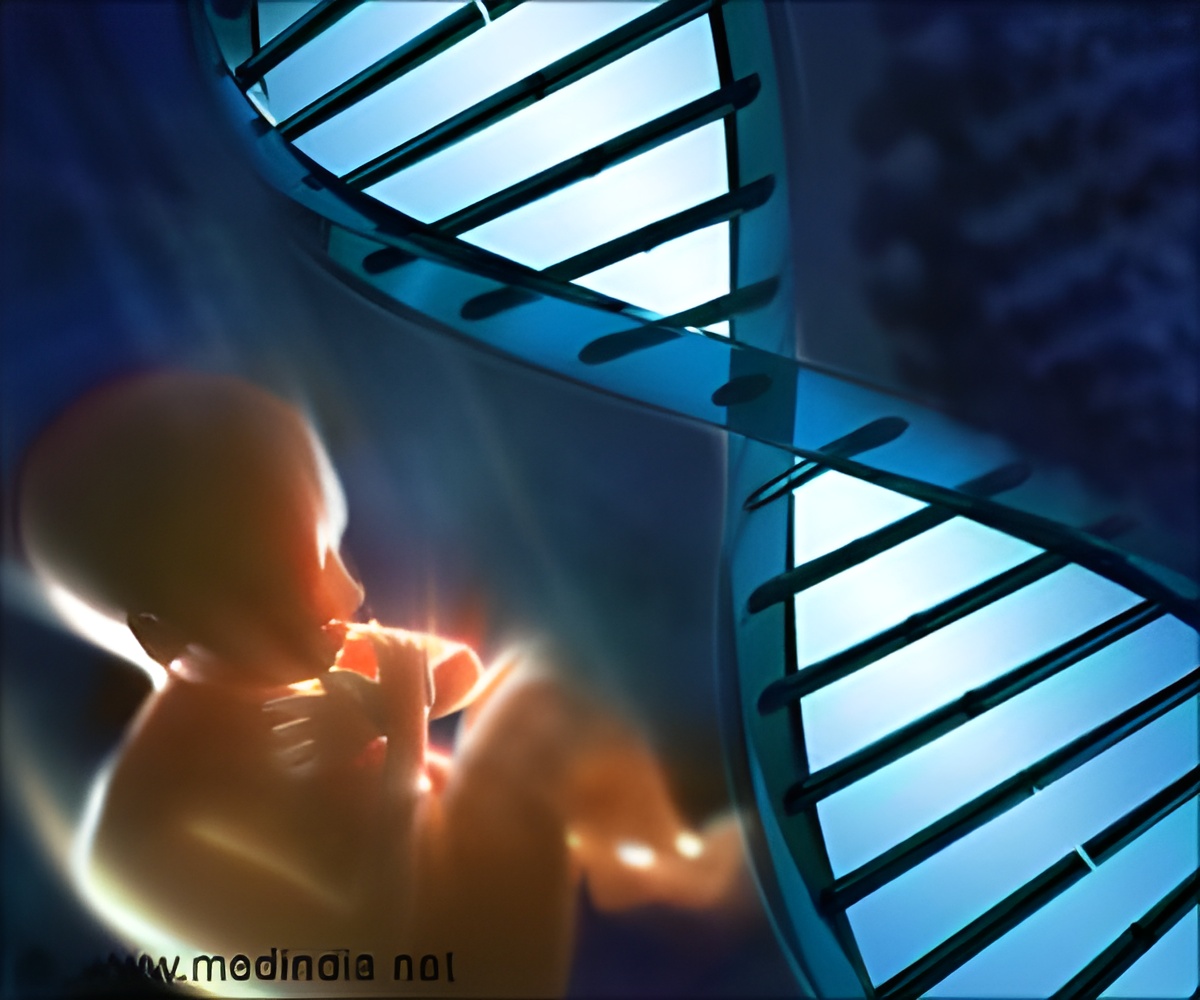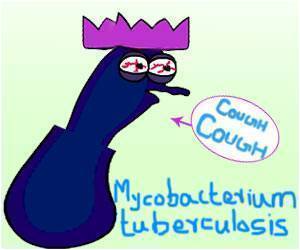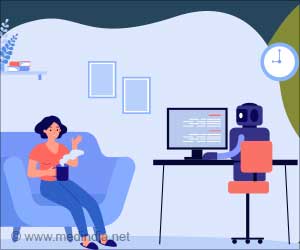
"I have been interested in understanding the role of genome folding with regards to human health and disease," says Dostie, who is also a researcher at the Goodman Cancer Research Centre. "My approach uses technologies that detect which piece of DNA is close to which one, such that we can reconstruct how the genome is folded in three dimensions by piecing this information together as if it were a puzzle".
Dostie and the all-McGill team study the organization of entire genomes and of specific regions relevant to human diseases. The HOXA gene cluster is one of these regions that become improperly regulated in many types of cancers.
"Previous studies have shown that looking at gene expression -- the specific proteins produced by the genes -- is a good predictor of whether patients have leukemia", says Prof. Mathieu Blanchette, a co-author on the study and an assistant professor at McGill in the School of Computer Science. "We found that different types of leukemia cells also have a distinctive chromatin interaction - how the chromatin that makes up the genome is folded."
It is not clear at the moment whether the genome shape plays a role in causing the cancer, or whether the cancer causes the genome to change shape. Further studies are needed to determine whether genome shape is as good at indicating other types of cancer.
"Our study validates a new research avenue: the application of 3D genomics for developing medical diagnostics or treatments that could be explored for diseases where current technologies, including gene expression data, have failed to improve patient care," says Dostie, "While the use of 3D genomics in the clinic is still remote when considering the technical challenges required for translating the information to the bedside, we discovered a new approach for classifying human disease that must be explored further, if only for what it can reveal about how the human genome works."
Advertisement
During embargo, article available here: www.dropbox.com
After embargo, article available at journal website here:
genomebiology.com.
Contact:
Cynthia Lee
Relations avec les médias | Media Relations
Université McGill | McGill University
[email protected]
Advertisement









